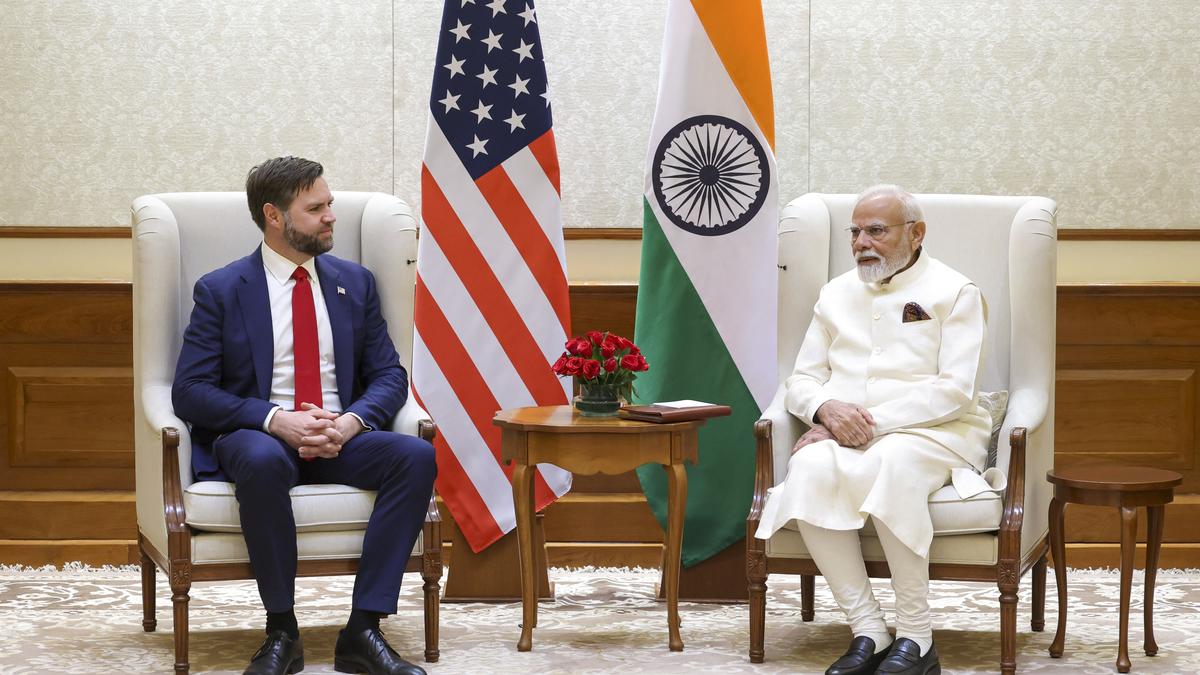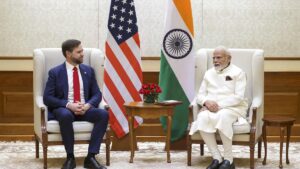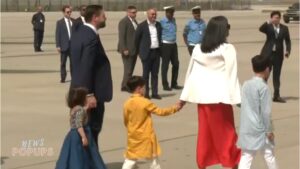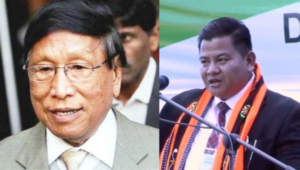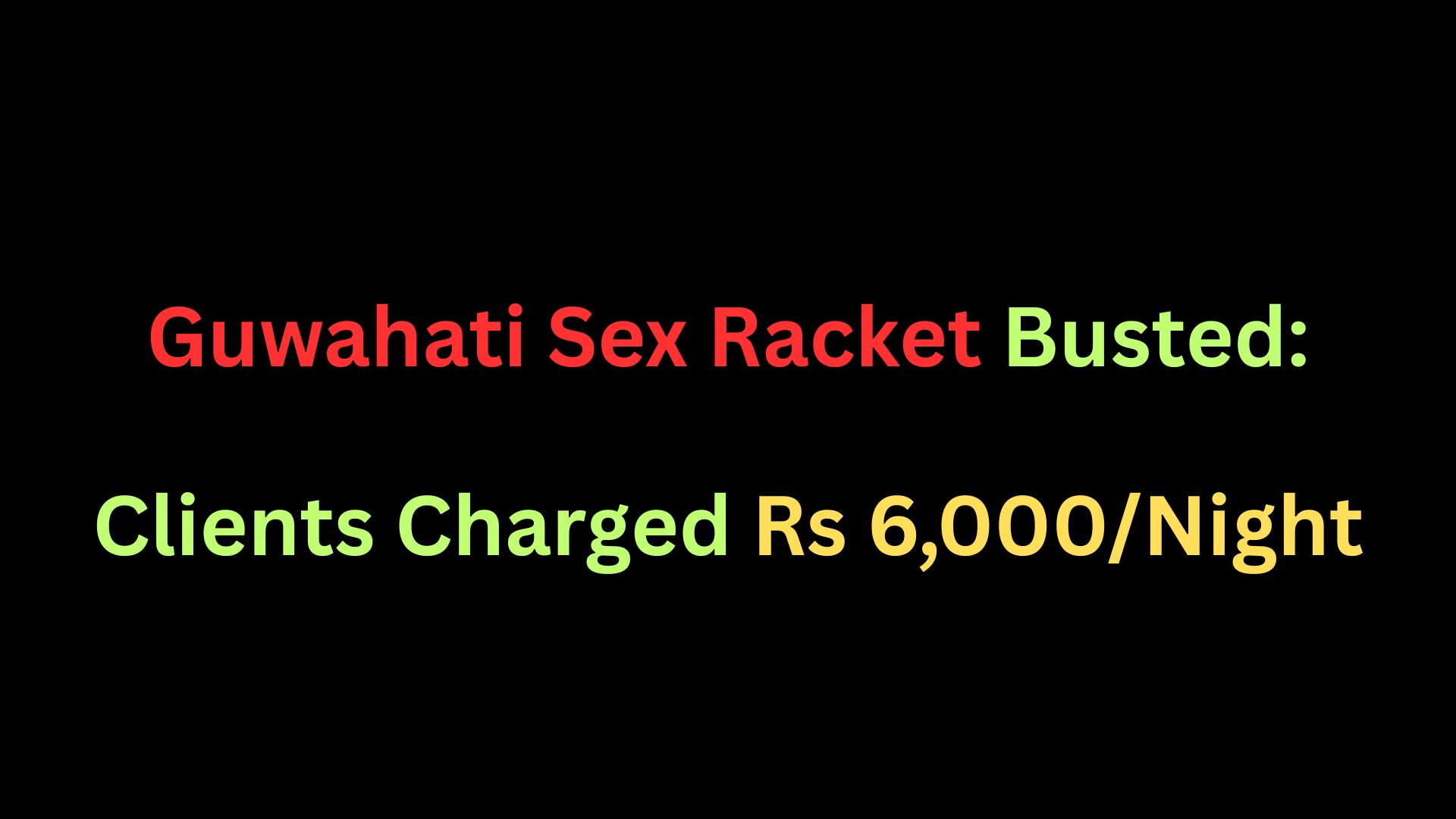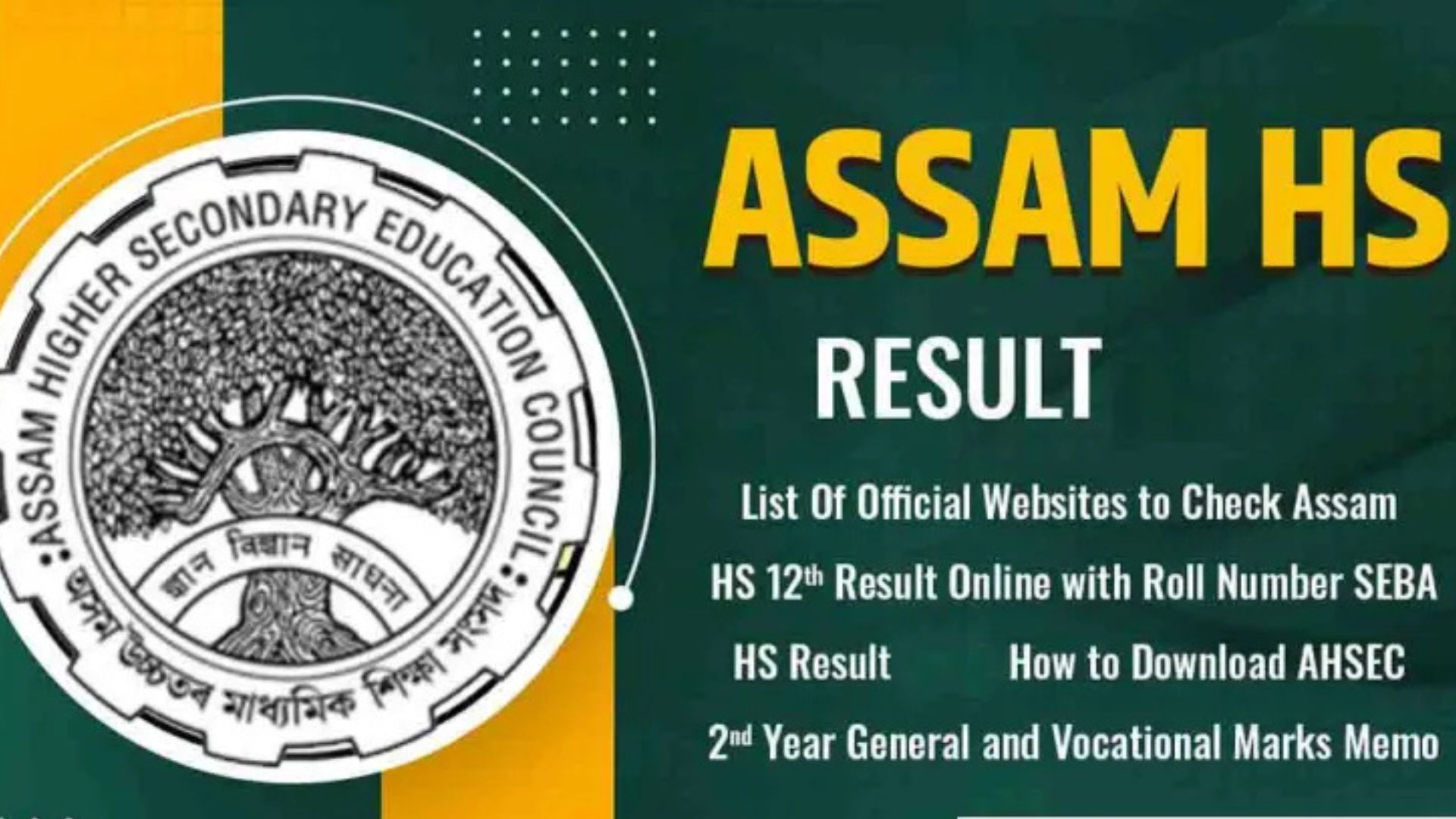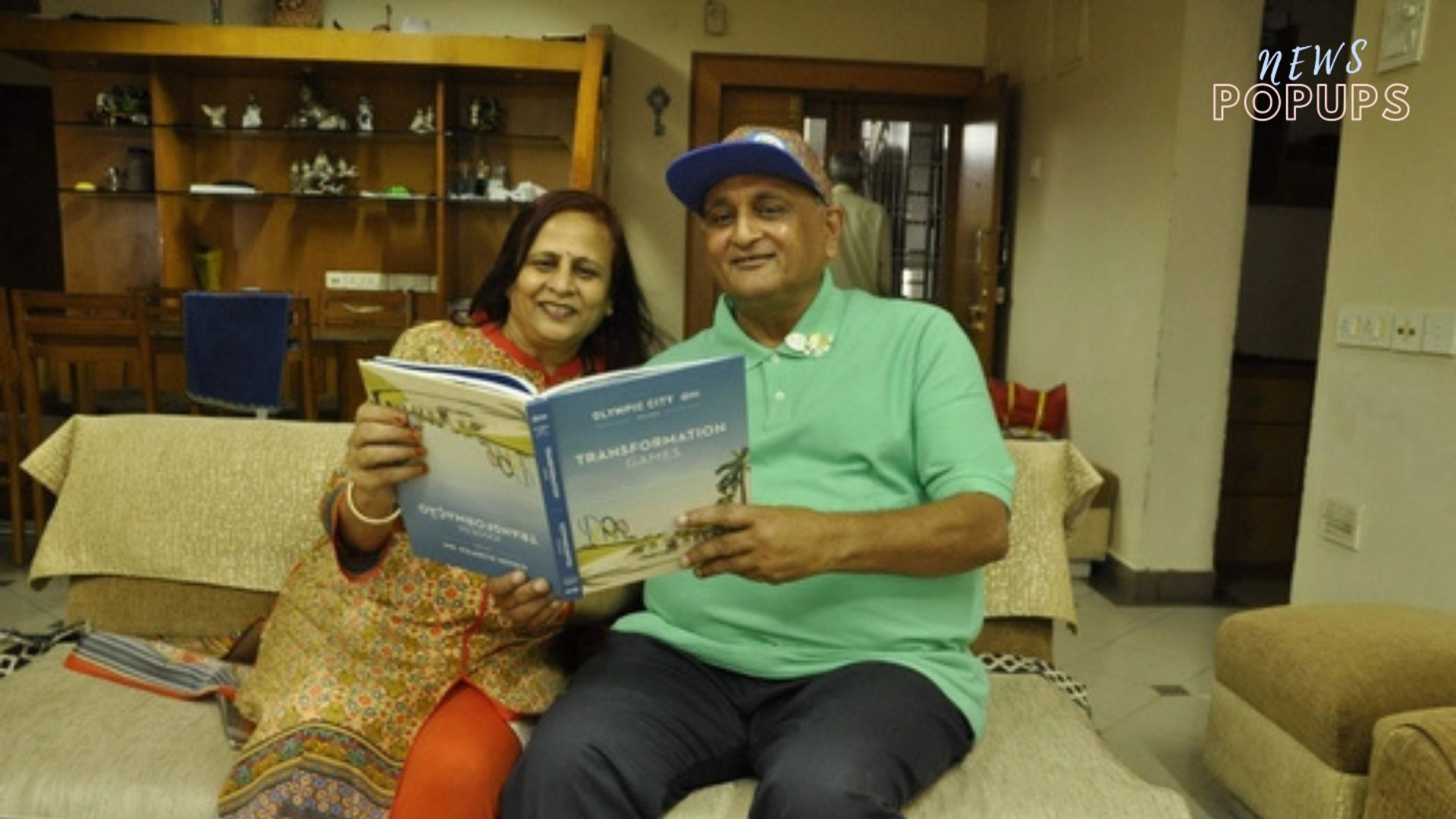India, U.S. Finalise Roadmap for Proposed Bilateral Trade Agreement – USTR
India and the United States have announced “significant progress” in negotiations toward a mutually beneficial Bilateral Trade Agreement (BTA), following wide-ranging discussions between Prime Minister Narendra Modi and U.S. Vice President J.D. Vance in New Delhi on April 21, 2025.
A key outcome of the talks was the finalisation of the Terms of Reference (ToR), which will serve as the roadmap for formal BTA negotiations. According to the U.S. Trade Representative (USTR), the ToR outlines critical focus areas including tariff reductions, non-tariff barriers, customs facilitation, and rules of origin.
USTR Jamieson Greer confirmed the development, stating:
“I am pleased to confirm that USTR and India’s Ministry of Commerce and Industry have finalised the Terms of Reference to lay down a roadmap for negotiations on reciprocal trade.”
He welcomed India’s constructive approach so far and expressed optimism about creating new economic opportunities for workers, farmers, and entrepreneurs in both countries. However, Greer also highlighted the need to correct what he termed a “serious” lack of reciprocity in the current trade relationship.
The trade pact, first announced on February 13, is expected to move into its first phase of conclusion by fall 2025 (September–October). According to USTR, the U.S. aims to increase market access, lower both tariff and non-tariff barriers, and secure long-term trade commitments with India.
Vice President Vance’s visit is particularly significant, as he is the first U.S. Vice President to visit India in 12 years—since Joe Biden’s 2013 visit. Discussions also touched upon strengthening strategic ties in other sectors.
According to sources, the agreed-upon ToR includes approximately 19 chapters covering a wide range of trade and regulatory issues.
U.S. Concerns on Trade Imbalance
The U.S. continues to raise concerns about its trade deficit with India, which reached $45.7 billion in 2024—an increase of 5.1% ($2.2 billion) over 2023. Total goods trade between the two countries was valued at $129.2 billion in 2024.
The U.S. has consistently cited India’s high tariffs as a major barrier. India’s average applied tariff rate stands at 17%, one of the highest among major global economies, compared to the U.S.’s 3.3%. In agriculture, India’s tariffs average 39%, while the U.S. imposes only 5%.
“In addition to tariffs, technical and regulatory barriers, and restrictions in services, industrial, and agricultural sectors further limit U.S. exports to India,” the USTR statement said.
Despite these challenges, recent developments have signaled progress. The U.S. welcomed India’s move to reduce certain tariffs following a meeting between Prime Minister Modi and then-President Donald Trump in February.
A Strategic Step Forward
Describing the ToR as a “critical step forward,” the USTR said:
“This announcement marks progress in achieving reciprocal trade with one of our most strategic partners and delivering results to the American people.”
Finance Minister Nirmala Sitharaman has expressed hope that the BTA will be concluded by the end of the year, underscoring its potential to deepen economic cooperation between the two democracies.
Also Read : JD Vance’s Children Arrive in India Wearing Traditional Kurta Pyjamas and Anarkali Outfits

